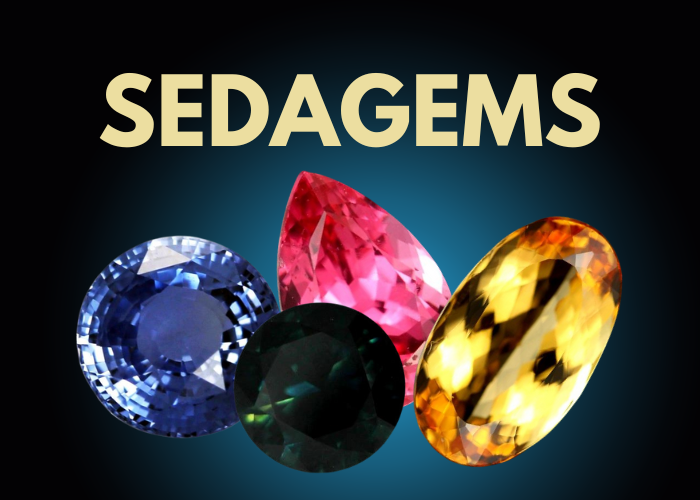You have not bid on this auction.
CONCH SHELL TREES PAIR CARVING 21.90 CTS [PF 947]
- SKU
- Dimensions (mm)
- 20.000 x 15.000 x 4.000mm
- Weight (cts)
- Certified Gemstones
- No
- Colours
-
CONCH SHELL TREES PAIR CARVING
This is a natural untreated tree pair carved from a conch shell legally harvested in the Bahamas.
Weight 21.90 cts app
Size 20 x 15 x 4 mm app
Many gastropods (snails and sea snails, of which the conch is the latter) produce pearls, and those of the Queen Conch, Strombus gigas, have been collectors' items since Victorian times. Conch pearls come in a range of hues, including white, brown and orange and many intermediate shades, but pink is the colour most associated with the conch pearl. Conch pearls are sometimes referred to simply as 'pink pearls'. In some gemmological texts, non-nacreous gastropod pearls used to be referred to as 'calcareous concretions' because they were 'porcellaneous' (i.e. shiny and ceramic-like) in appearance rather than 'nacreous' (i.e. with a pearly lustre sometimes known as 'orient'). However, Kenneth Scarrat, the director of GIA in Bangkok recently argued that conch calcareous concretions should be called 'pearls'. Under Federal Trade Commission rules, conch pearls may be referred to as 'pearls' without qualification. Although non-nacreous, the surface of fine Conch pearls has a unique and attractive appearance of its own. The microstructure of conch pearls comprises partly-aligned bundles of microcrystalline fibres which create a shimmering, slightly iridescent effect known as 'flame structure'. The effect is a form of chatoyancy, caused by the interaction of light rays with the microcrystas in the pearl's surface, and it somewhat resembles Moiré silk.
- SKU
- Dimensions (mm)
- 20.000 x 15.000 x 4.000 mm
- Weight (cts)
- Certified Gemstones
- No
- Colours
-
CONCH SHELL TREES PAIR CARVING
This is a natural untreated tree pair carved from a conch shell legally harvested in the Bahamas.
Weight 21.90 cts app
Size 20 x 15 x 4 mm app
Many gastropods (snails and sea snails, of which the conch is the latter) produce pearls, and those of the Queen Conch, Strombus gigas, have been collectors' items since Victorian times. Conch pearls come in a range of hues, including white, brown and orange and many intermediate shades, but pink is the colour most associated with the conch pearl. Conch pearls are sometimes referred to simply as 'pink pearls'. In some gemmological texts, non-nacreous gastropod pearls used to be referred to as 'calcareous concretions' because they were 'porcellaneous' (i.e. shiny and ceramic-like) in appearance rather than 'nacreous' (i.e. with a pearly lustre sometimes known as 'orient'). However, Kenneth Scarrat, the director of GIA in Bangkok recently argued that conch calcareous concretions should be called 'pearls'. Under Federal Trade Commission rules, conch pearls may be referred to as 'pearls' without qualification. Although non-nacreous, the surface of fine Conch pearls has a unique and attractive appearance of its own. The microstructure of conch pearls comprises partly-aligned bundles of microcrystalline fibres which create a shimmering, slightly iridescent effect known as 'flame structure'. The effect is a form of chatoyancy, caused by the interaction of light rays with the microcrystas in the pearl's surface, and it somewhat resembles Moiré silk.
| Shipping provider | Shipping to Australia | Shipping to rest of world |
|---|---|---|
| FedEx | $12.00 / 3 days | $39.00 / 10 days |
|
Australia
FedEx is discounted to $12.00 on orders with 2 or more items
Rest of the world
FedEx is discounted to $39.00 on orders with 2 or more items
|
||
| Registered Shipping | $9.00 / 7 days | $16.00 / 21 days |
|
Australia
Registered Shipping is discounted to $9.00 on orders with 2 or more items
Rest of the world
Registered Shipping is discounted to $16.00 on orders with 2 or more items
|
||

-
 Positive
PositivePaid and shipped - no feedback left after 60 Days
-
 Positive
PositiveAAAA+++ Very Happy! Just like the pic.
-
 Positive
PositiveAAAA+++ Very Happy! Just like the pic.
-
 Positive
PositiveBeautiful
-
 Positive
PositiveVery nice stone
Why are users outbidding themselves?
When a bid is placed, this is the maximum amount a user is willing to bid for the product. Our system will then automatically bid on that users behalf, incrementally increasing the bid to maintain their position as the highest bidder, up to the specified maximum.
When there is an icon indicating 'Auto Bid,' it means our system is actively placing bids for the user based on their maximum bid. This may appear as if users are outbidding themselves, but it's simply a result of the system updating the bid to reflect the users maximum limit.

















